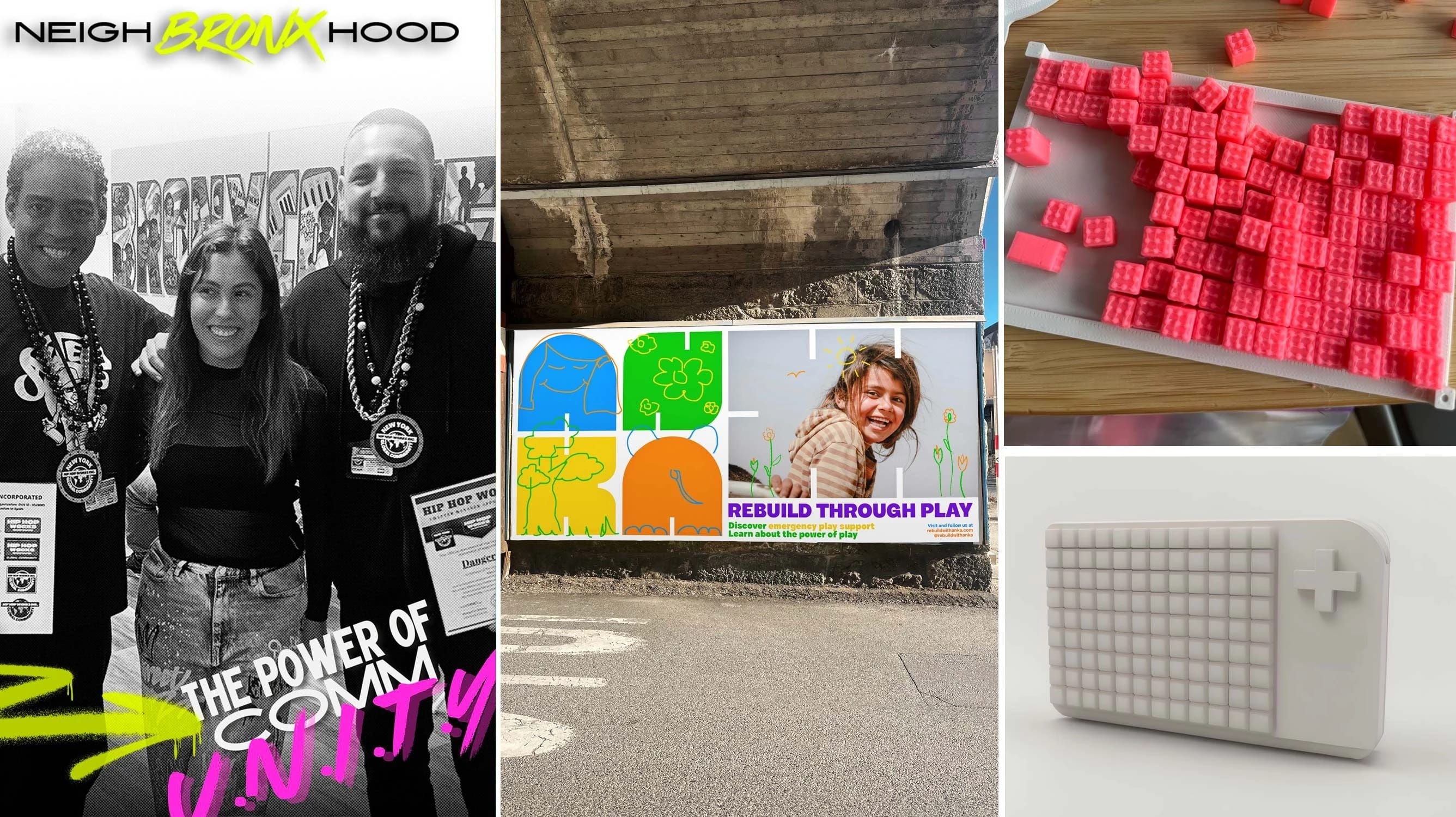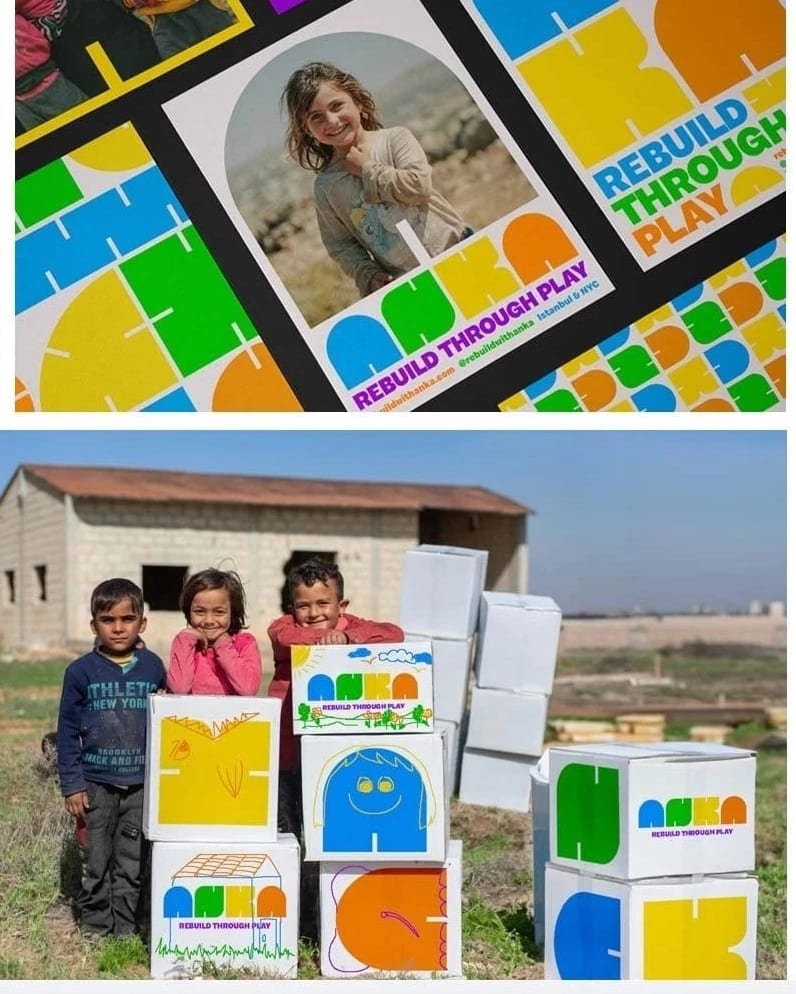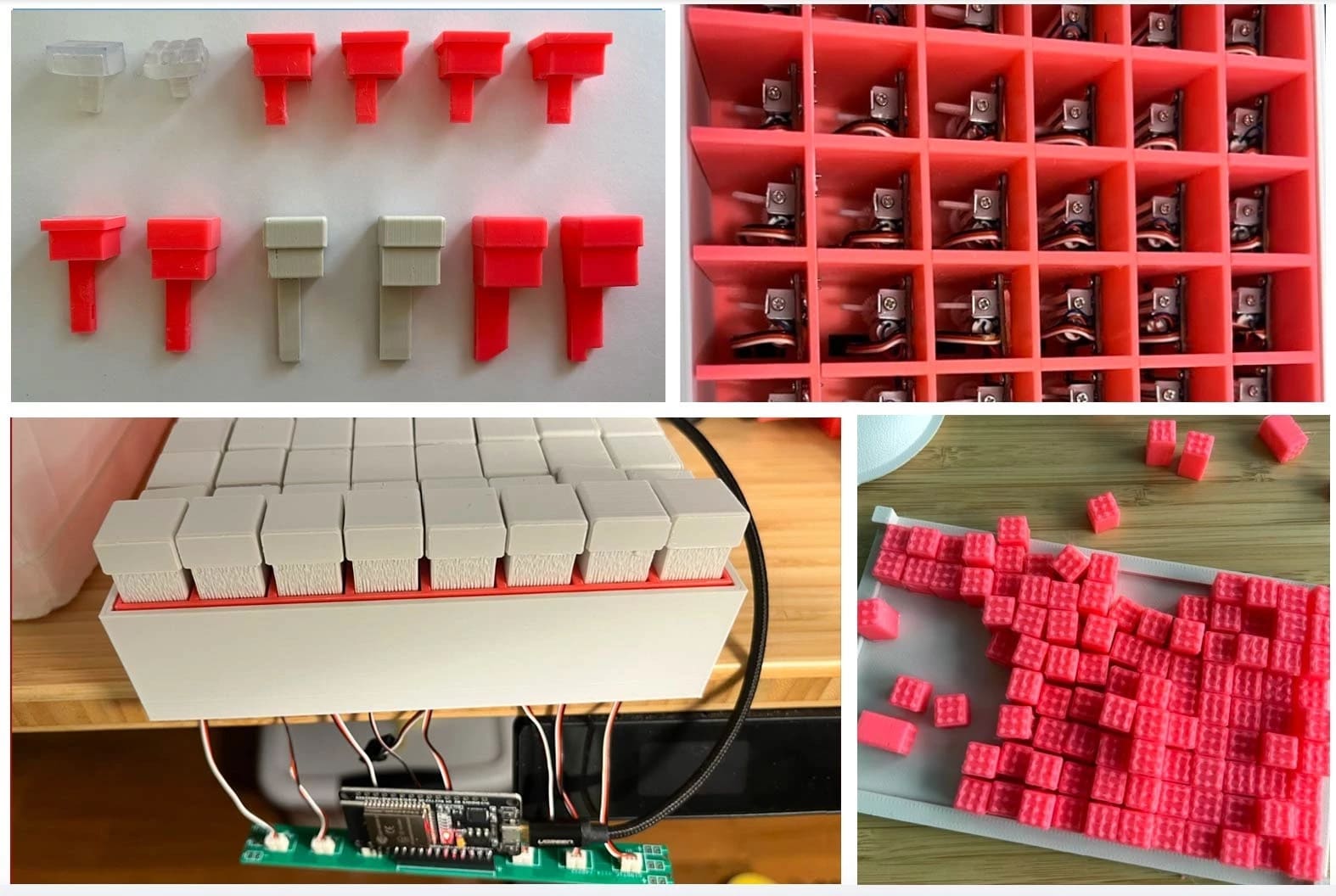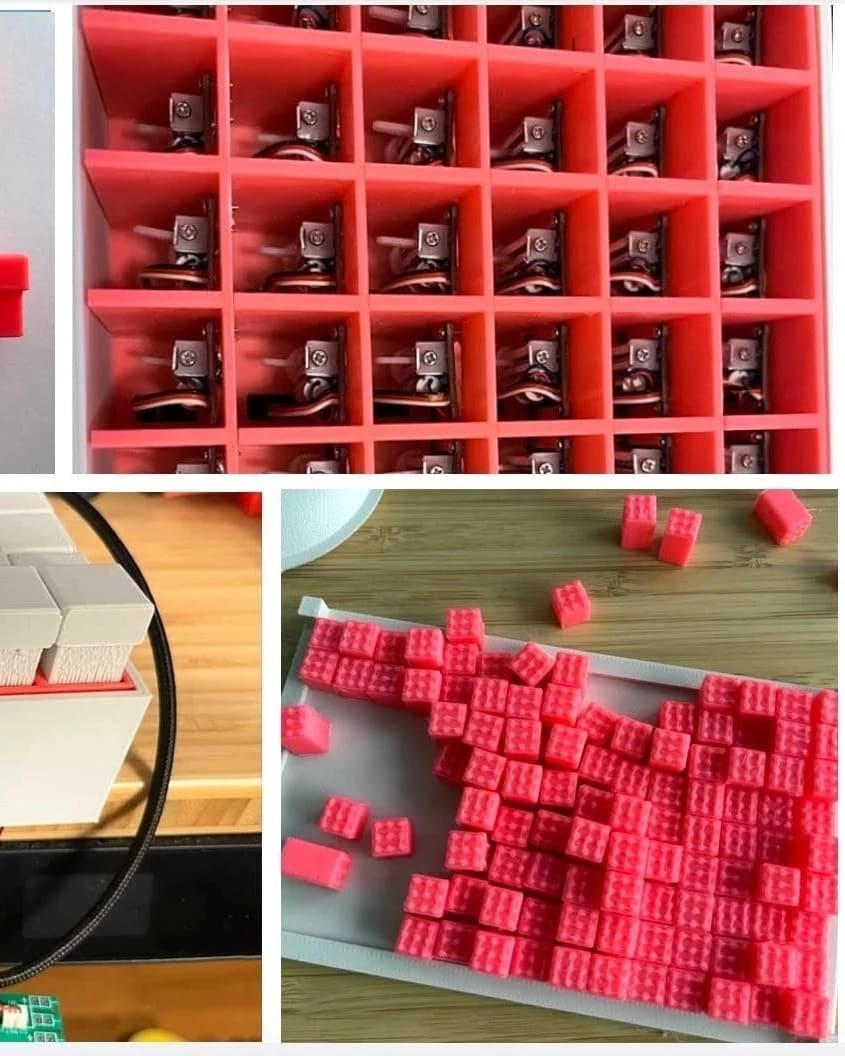

As the academic year draws to a close, myriad imaginative thesis projects across various mediums come to life. For some students, these projects are more than just academic exercises, they are a call to action for social justice. The seeds of these ideas, planted at SVA, often grow far beyond graduation, creating tangible, meaningful change in the world. Before we end the year, we are highlighting three projects that have roots in advocacy but are continuing to grow in exciting directions, from community organizing to tech and humanitarian aid.
1. Growing up in Veracruz, Mexico, Alejandra Mardoniz Libreros may have been a long way from the Bronx geographically, but a deep connection was already forming through her cultural heritage. “I was immersed in a vibrant musical tradition that celebrated diversity and resilience,” she says. “Throughout my life, music has played a central role in shaping my worldview and inspiring my passion for social justice. From artists like the Sex Pistols to Tupac and Residente, I have been drawn to music that carries a powerful social message, challenging norms and advocating for change. I believe that music has the power to bring people together and inspire action, making it a potent tool for social transformation.”
Fast forward to the end of her journey in the MFA Design for Social Innovation program, where her final project, NeighBRONXhood, combines all of these things. A community-driven initiative celebrating the vibrant native hip-hop scene of the Bronx and inspired by the environmental challenges and inequities exacerbated by the capping of the Cross Bronx Expressway, NeighBRONXhood weaves together grassroots organizing, the arts, and social justice, as well as collaborations with local groups like Loving the Bronx, Bronx Connect, and Hip Hop Works to produce storytelling events and gatherings for young Bronxites. Her first event, held in April, was “RIMAS & REALIDADES,” a three-hour bilingual workshop that brought together local high school students. The event’s aim was to empower and give a platform to local teenagers and connect them with native Bronx activist MCs to share in the universal language of hip-hop and share their hopes and concerns for their community. More events are planned in the future, and you can see Alejandra present NeighBRONXhood at the SVA Theatre on May 15 as part of the DSI thesis show.
2. In 2023, when her native country, Türkiye, was hit by two devastating earthquakes, MFA Design student Doga Bircan felt helpless. She remembered her own early experiences with earthquakes and was inspired to create ANKA for displaced children to find healing through play. The idea of this often overlooked aspect of disaster relief came from seeing kids living in tent cities, needing some hope, positivity and distraction. As she currently looks for partner organizations to collaborate with on this endeavor, Doga has already developed a prototype for a playset called Draw&Build, with the next step being prototype testing in real scenarios where children have been displaced or are experiencing other hardships, like in hospitals. The eventual goal is to incorporate these smartly designed play sets into major disaster relief plans. “This venture is not about me,” Doga says. “It is about millions of children who are at risk of being displaced and going into rumination [in the event of] a bigger earthquake expected to happen in İstanbul in the near future. We have to prepare for it.” You can see Doga’s presentation of ANKA at the Venture 2024 event on Vimeo.
Images from graduating MFA Interaction Design student Fan Fang’s Tactile Controller and a Speculative Game Console, elements of a thesis project about improving the play experience for visually challenged gamers.
Images from graduating MFA Interaction Design student Fan Fang’s Tactile Controller and a Speculative Game Console, elements of a thesis project about improving the play experience for visually challenged gamers.
3. A soon-to-be MFA Interaction Design program graduate, Fan Fang, has found a way to improve the play experience for visually challenged gamers. Inspired by an internship at Logitech and what she saw as the “outdated and unappealing aesthetic design of assistive devices,” Fan sought to create a more functional and delightful console. A combination of what she calls a Tactile Controller, or T-Controller, and a Speculative Game Console, or the T-1, her design prioritizes touch over visuals by recording touch patterns as the gamer plays. The project was designed and assembled with help from a panel of gamers with lived experience with blindness and a product manager specializing in accessible digital experiences. “The intersection of accessibility and gaming is complex: while you might argue that video gaming is considered a privilege, the joy it brings should be a universal right,” Fan says. “The inclusion of blind players within this community often meets skepticism and is riddled with stereotypes.
Despite prevailing misconceptions, there’s a notable demand within the blind community for more accessible gaming options. These gamers show incredible adaptability, making great efforts to enjoy video games in a world that hasn’t fully embraced inclusivity.” Post-graduation, Fan plans to continue testing to enhance the precision and responsiveness of the T-Controller by experimenting with new materials and technologies for its tactile feedback mechanisms. She also plans to share her findings with academic journals, promote further research into gaming inclusivity and accessibility, and hold public interactive installations. You can try out the console and controller at co-24, the MFA Interaction Design thesis presentation, May 16 and 17 at 136 W 21st St., 3rd floor.







